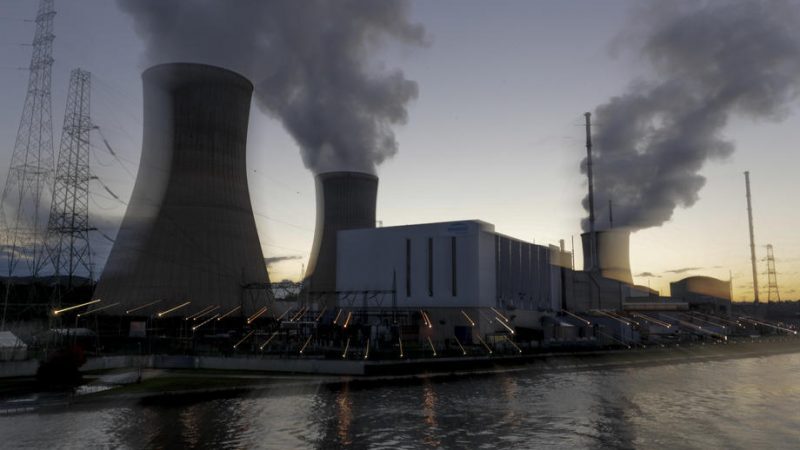
In the 1960s, Belgium chose nuclear energy to produce a part of its electricity since it was no longer possible to meet the growing demand for energy with fossil fuels alone. Four nuclear reactors were thus built in Doel and three in Tihange.
The Doel 1 reactor started operating in early 1975, followed later that year by Doel 2. Doel 3 was launched in 1982, and Doel 4 was completed in mid-1985.
On Friday, Doel 3 will be disconnected from the electricity grid according to the nuclear phase-out law. This is the first time that a reactor is shut down in Belgium and comes while energy prices are soaring and ahead of a difficult winter.
"We have been preparing for this for four years," said Peter Moens, the Site Director of the Doel Nuclear Power Plant.
The total power of the Doel power plant is 2,935 megawatts (MW), compared to 3,008 MW for Tihange. The two power plants together represent 50% of the country's annual electricity consumption, equivalent to 42 billion kWh.
Doel 1 and 2, which were supposed to be shut down earlier, have been prolonged for another 10 years and are now set to shut down in 2025.
Belgium has agreed to extend the life of Doel 4 by ten years after it was due to be shut down in 2025. The amendment to the 2003 law will be voted on in parliament at the end of 2023.
In the face of the current energy crisis, there have been discussions within the Federal government to postpone preparations for the dismantling of Doel 3 to keep the possibility of restarting it if necessary.
Last week, Belgian Minister of the Interior Annelies Verlinden asked the FANC (Federal Agency for Nuclear Control) for a report on the possibility of postponing operations that would be irreversible, following the example of Germany, whose government has decided to keep two large nuclear power plants in reserve until next spring.
In theory, a postponement is possible. When Doel 3 gets disconnected from the grid, the shutdown phase will begin with a five-to-six-year period during which the reactor is unloaded, the fuel elements are cooled and the infrastructure is decontaminated to get rid of all radioactive particles.
"No technically irreversible operations take place during this five-year phase," Moens explains. This will only be the case in the next phase, the dismantling phase.
However, a postponement or reversal of the process that has been prepared for four years would be "neither wise nor advisable" for technical as well as organisational reasons, Doel director said. Ordering fuel, for example, would take 36 months and training the operators to run Doel would take three years.
"We have not been asked either. We have no intention of restarting the reactor. I don't improvise with nuclear safety," Moens said.
On Thursday, during the Chamber's plenary session, Belgian Energy Minister Tinne van der Straeten defended the shut down of the reactor, saying that the production capacity would still be sufficient.



thats what you get for siding with a nazi shit stain upon humanity, didnt you learn your lesson back in the 40s, they were not your friends back then either, and now, those that saved you speaking german, you stabbed in the back.. ah well..
looks like you didnt learn a thing right!! your loss..